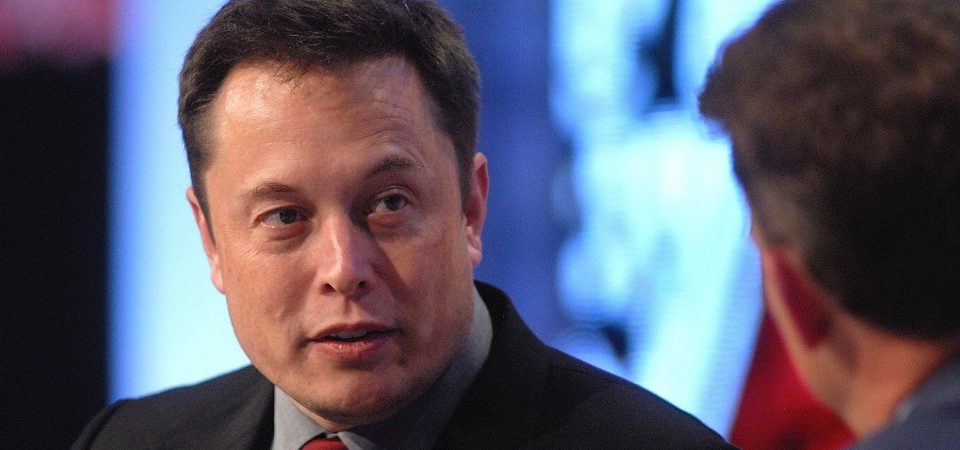Elon Musk Takes Customer Complaint on Twitter From Idea to Execution in 6 Days
For business leaders, social media can be confusing (and sometimes dangerous) territory.
But last month, Tesla and SpaceX CEO Elon Musk provided a master class in how to use social media effectively. When a Tesla owner complained about fellow consumers hogging spots at a local charging station, Musk took the feedback seriously.
Entrepreneur Loic Le Meur shared his story on Medium:
“I was recently driving to a meeting in Silicon Valley and had to charge my Tesla. I decided to stop at the San Carlos supercharger on my way to Palo Alto and there were 5 other Tesla cars waiting in line to get a charging space. Most drivers seemed to have gone somewhere else as their cars were charging. The San Carlos supercharger is located within walking distance from Whole Foods, Peet’s Coffee, a gym and some restaurants. Many drivers therefore keep their cars parked at the supercharger even once their cars have finished charging.
I tweeted at Elon to tell him.
Within minutes, Elon promised to take action.”
Just six days later, Tesla announced the following policy on its official website:
“We designed the Supercharger network to enable a seamless, enjoyable road trip experience. Therefore, we understand that it can be frustrating to arrive at a station only to discover fully charged Tesla cars occupying all the spots. To create a better experience for all owners, we’re introducing a fleet-wide idle fee that aims to increase Supercharger availability.”
The announcement reminded Tesla owners that the company’s app will alert them once their car’s charge is nearly complete, adding: “For every additional minute a car remains connected to the Supercharger, it will incur a $0.40 idle fee.” (The fee is waived if the car is moved within five minutes.)
And that, ladies and gentleman, is what we call customer service.
Or, as strategy consultant Richard Jhang put it on LinkedIn:
“Idea to execution in 6 days. Copy that.”
[Update: As news site Electrek noted, a line for “idle fees” was found in the updated code of Tesla’s webpage some months ago, indicating a change might be coming. But this doesn’t change any of the following lessons.]
Learning From Mr. Musk
Exactly how Musk can manage this type of response while running multiple companies is hard for many to understand.
But a quick look at his Twitter feed reveals the man knows how to use the platform. He regularly responds to customer questions and complaints. He shares big ideas, like his recent epiphany regarding how to improve traffic problems in the U.S. (“Boring, it’s what we do.” You’ve gotta love that.)
And he does it all while allowing his personality and humor to shine through.
This type of communication contributes to what people love about Musk, and what they value in leaders today: authenticity. Not only does Musk say he values customer feedback–he hops on Twitter to prove it.
I’ve written lots on the pitfalls of social media, including how it can easily suck away your most productive hours of the day. But with this recent experience, Musk teaches business owners everywhere a fundamental truth:
Social media can be great for marketing. But it’s much more valuable as a learning tool: Feedback–whether it comes from customers, colleagues, or critics–can give you much needed perspective and motivation.
So, ask not what your Twitter followers can do for you. Ask what you can do for your Twitter followers.
And in the end, everybody wins.

